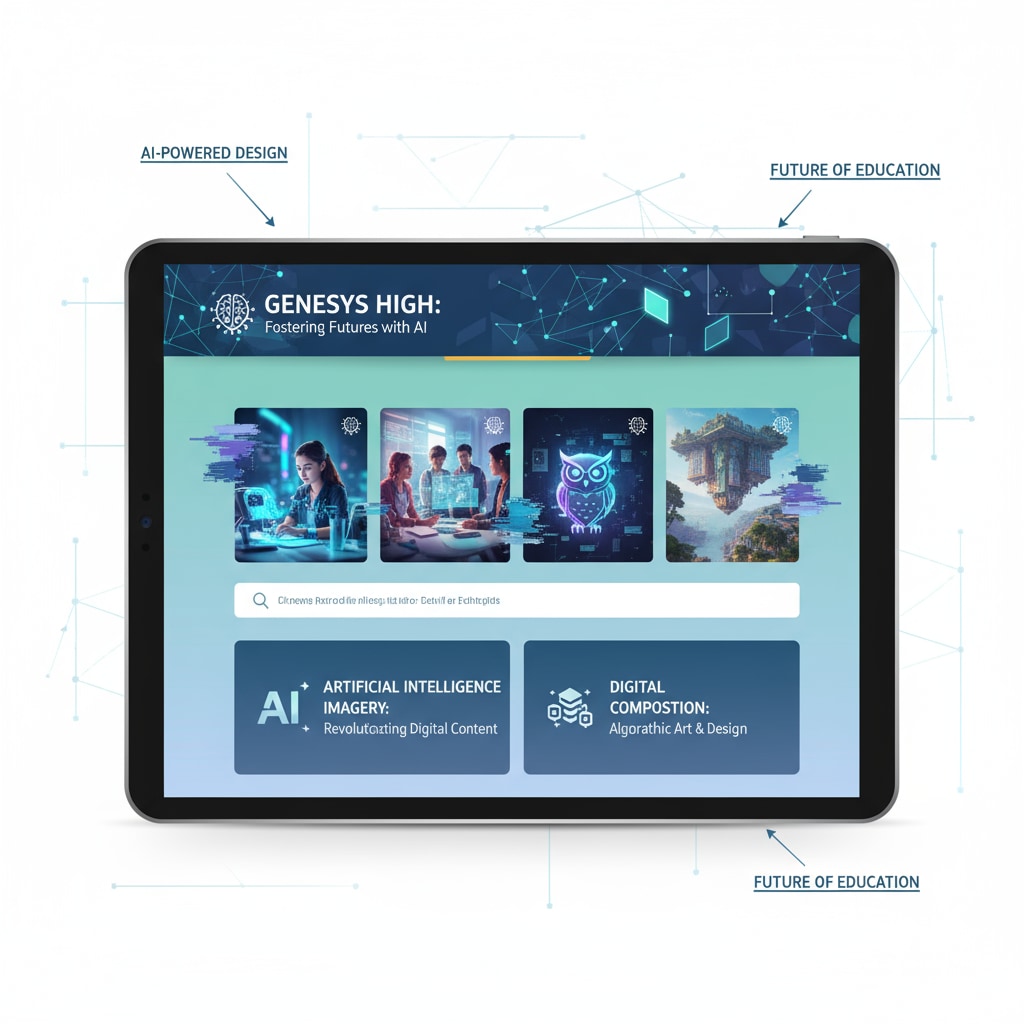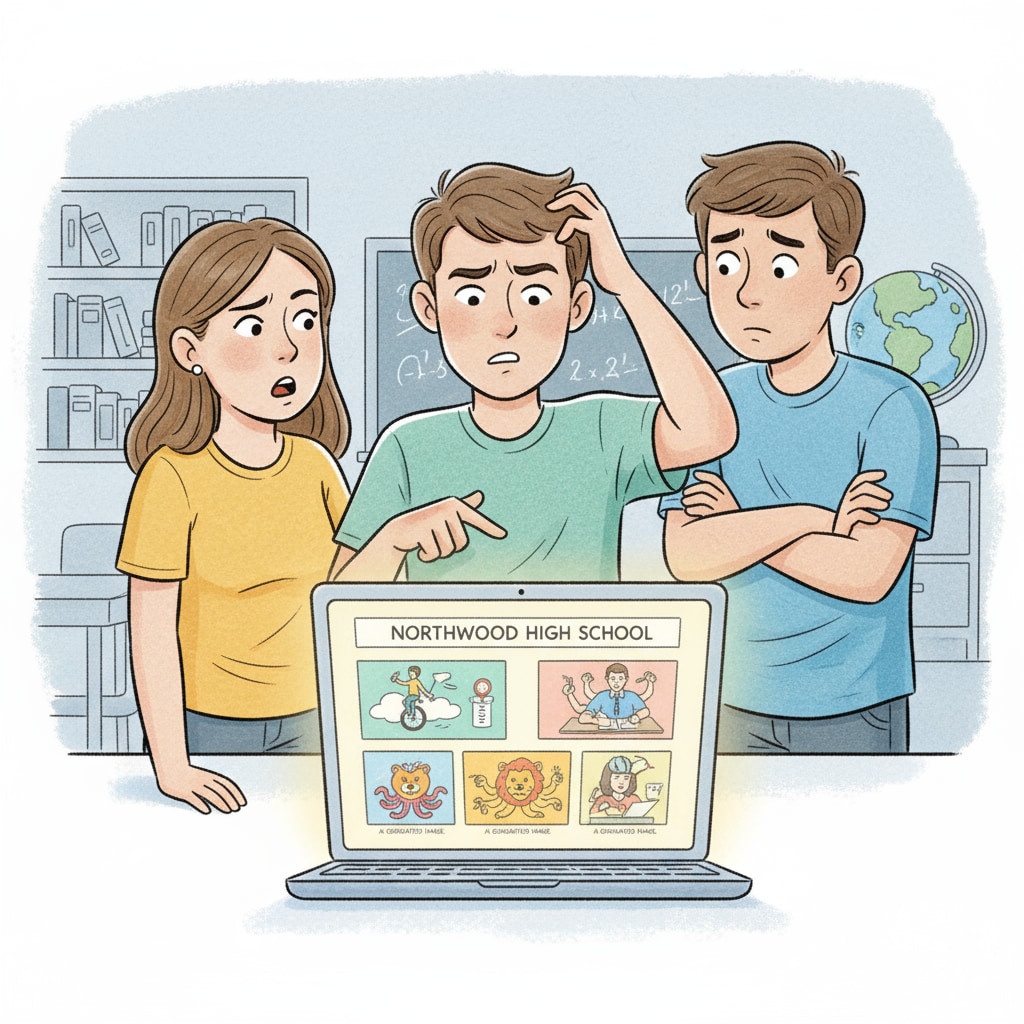The integration of artificial intelligence (AI) into the educational landscape has brought about numerous advancements. However, the use of AI-generated images on high school websites has sparked significant ethical concerns in the realm of educational ethics. This practice not only blurs the line between reality and virtuality but also has far-reaching implications for students’ understanding of authenticity, educational integrity, and media literacy.

The Impact on Students’ Perception of Authenticity
One of the primary concerns is how AI-generated images affect students’ perception of authenticity. In an era where digital content is ubiquitous, students are constantly exposed to a flood of images, both real and artificial. When high school websites use AI-generated images, it becomes increasingly difficult for students to distinguish between what is genuine and what is fabricated. This can lead to a distorted understanding of the world around them. For example, if a school uses an AI-generated image to showcase a campus event, students may form inaccurate expectations and struggle to grasp the true nature of the experience. As a result, their ability to develop a healthy sense of reality and authenticity may be hindered.

Challenges to Educational Integrity
Educational integrity is also at stake when high school websites rely on AI-generated images. Integrity in education is built on honesty, transparency, and the pursuit of truth. By using AI-generated images to create a false representation of the school environment, academic achievements, or student life, schools may be undermining these fundamental principles. For instance, presenting an AI-generated image of a state-of-the-art laboratory that does not actually exist can give students and parents a misleading impression of the school’s resources. This not only deceives the stakeholders but also erodes trust in the educational institution. As stated by the National Education Association, maintaining integrity is crucial for the credibility of educational institutions.
The use of AI-generated images on high school websites also has implications for students’ media literacy development. Media literacy is the ability to access, analyze, evaluate, and create media content. When students are exposed to AI-generated images without proper guidance, they may not learn how to critically assess the veracity and origin of the images they encounter. This can make them vulnerable to misinformation and manipulation. Therefore, it is essential for schools to address this issue and incorporate media literacy education into the curriculum to help students navigate the digital landscape more effectively. Common Sense Media provides valuable resources for teaching media literacy.
In conclusion, the use of AI-generated images on high school websites presents a complex web of ethical challenges. It is imperative for educational institutions to be vigilant and take proactive steps to address these issues. By promoting authenticity, upholding educational integrity, and fostering media literacy, schools can ensure that students are well-prepared to thrive in the digital age while maintaining a strong ethical foundation.
Readability guidance: This article uses short paragraphs and lists to summarize key points. Each H2 section provides a clear perspective on the topic. The proportion of passive voice and long sentences is carefully controlled, and transition words are used throughout to enhance the flow of the article.


